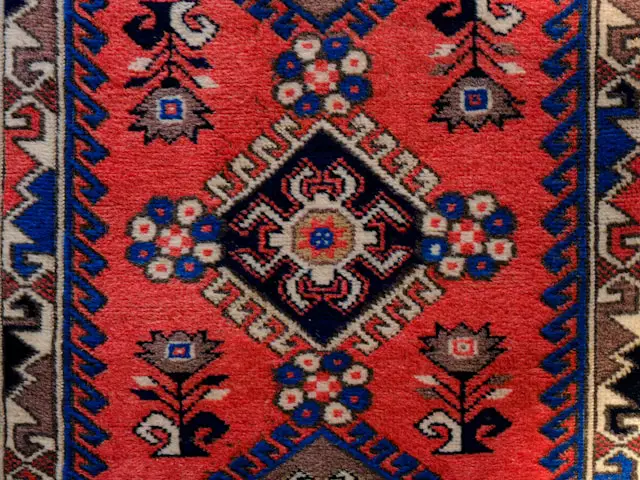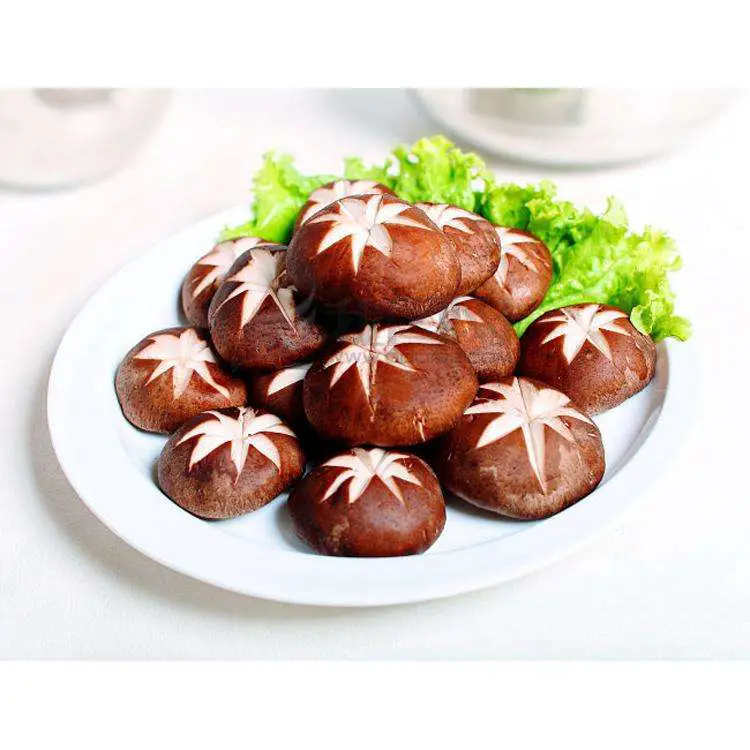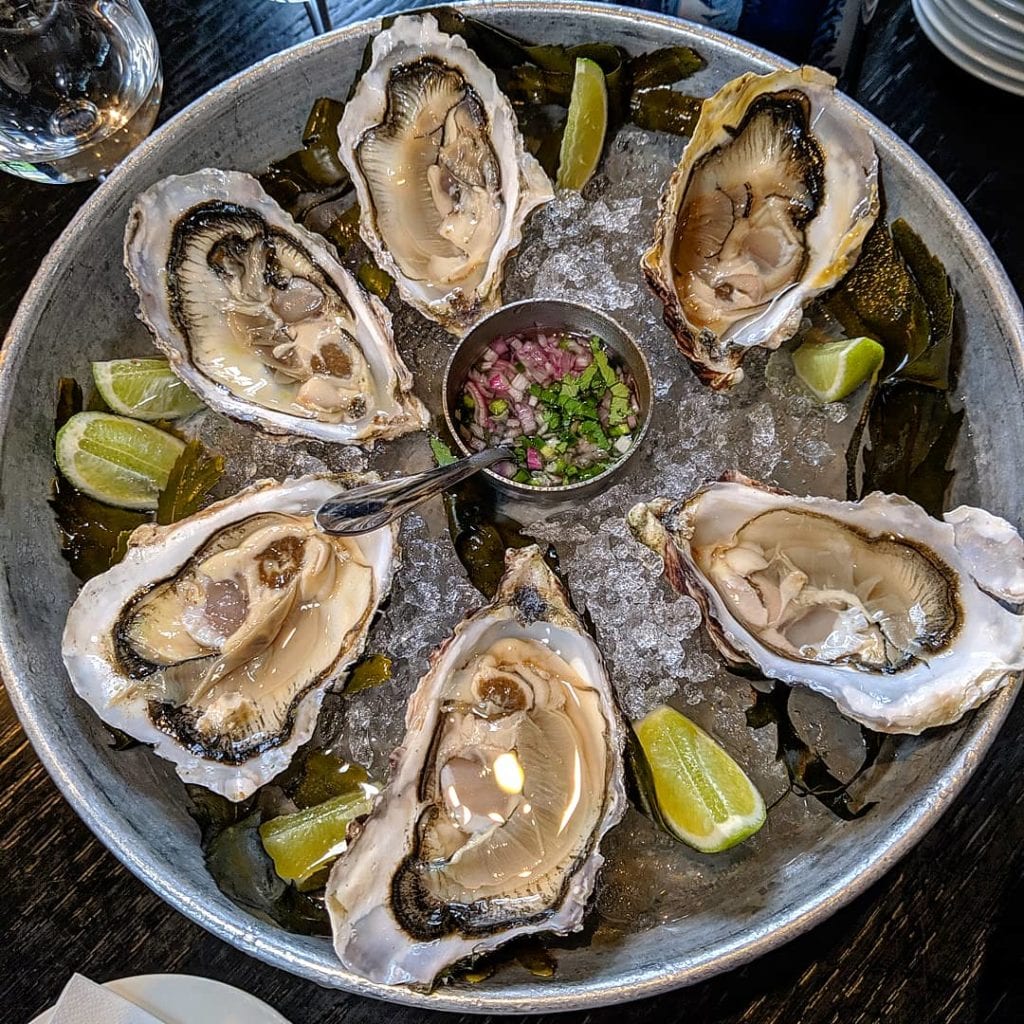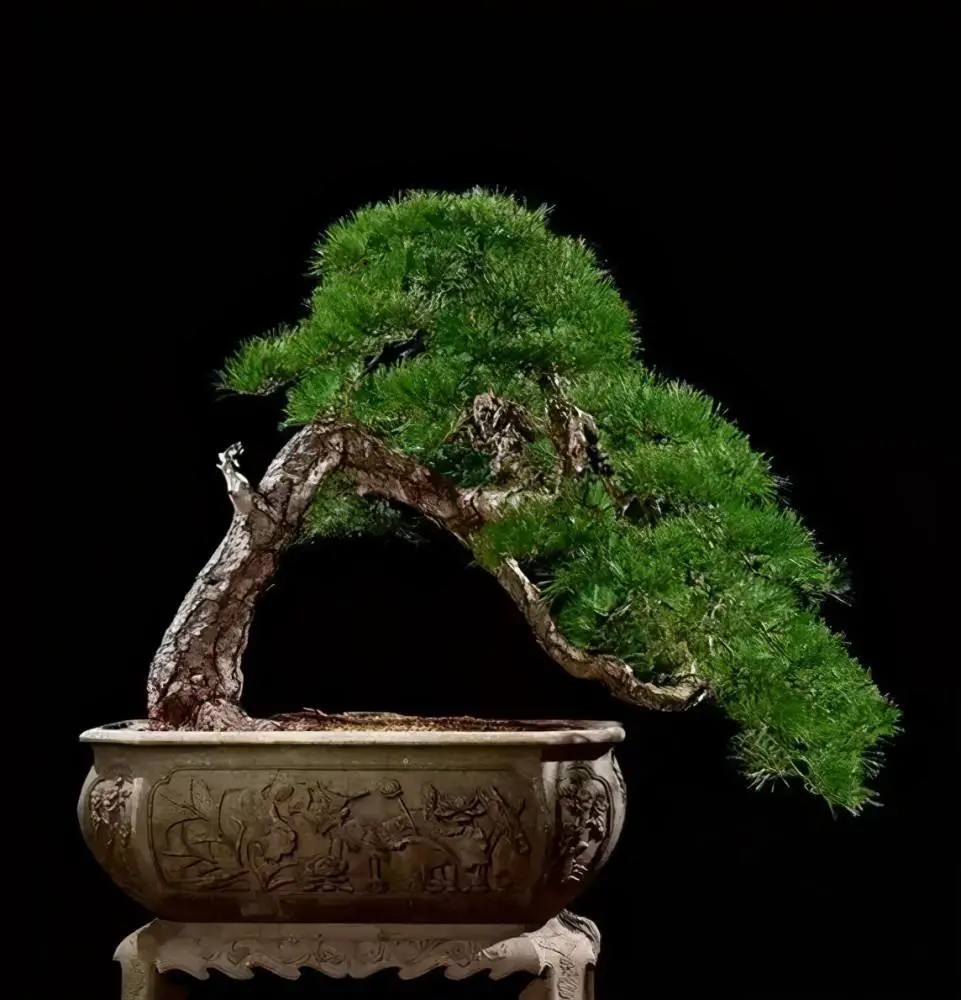Rugs have been prized possessions throughout history, symbolizing wealth, craftsmanship, and artistic expression. Today, the most expensive rugs in the world continue to captivate collectors and enthusiasts with their exceptional quality, intricate designs, and historical significance. This article explores the ten most expensive rugs ever sold, revealing what makes them so extraordinary.
The “Persian” Isfahan Carpet
Price: $33.7 Million
Description: The Persian Isfahan carpet, woven in the 17th century during the Safavid dynasty, is renowned for its stunning floral motifs and intricate designs. This rug is a masterpiece of Persian craftsmanship, featuring a complex arrangement of colors and patterns that create a harmonious and luxurious appearance. It was sold for a record-breaking $33.7 million in a private sale, making it the most expensive rug ever sold.
Significance: The Isfahan carpet represents the pinnacle of Persian weaving art. Its creation involved the highest level of skill and artistry, with each knot meticulously placed to achieve the overall design. The rug’s historical and artistic value contributes to its extraordinary price.
The “Hunting” Carpet
Price: $31.7 Million
Description: The “Hunting” carpet, also known as the “Kerman Carpet,” was crafted in Kerman, Iran, during the 16th century. This rug is distinguished by its elaborate hunting scenes, depicting figures in pursuit of various animals. Its rich colors and detailed imagery make it a unique and valuable artifact.
Significance: This carpet is a testament to the artistic and cultural heritage of Iran. The intricate scenes and exceptional quality of the weave make it a highly sought-after item among collectors, reflecting its significant historical and artistic value.
The “Lotto” Carpet
Price: $27.5 Million
Description: The “Lotto” carpet is a rare and exceptional piece of Ottoman Turkish art, named after its similarity to designs found in Lotto’s paintings. Woven in the 16th century, this rug features a unique geometric pattern and a striking color palette. Its rarity and historical importance have contributed to its high market value.
Significance: The “Lotto” carpet is celebrated for its distinctive design and historical context. Its connection to Ottoman art and its rarity in the market make it a valuable addition to any collection.
The “Sultanabad” Carpet
Price: $24.5 Million
Description: The “Sultanabad” carpet, produced in the 19th century in Iran, is known for its opulent design and intricate patterns. It features a lush, vibrant color scheme and a detailed floral motif that highlights the high level of craftsmanship involved in its creation.
Significance: The “Sultanabad” carpet’s luxurious appearance and intricate design have made it a highly prized item among collectors. Its historical significance and exceptional quality contribute to its impressive price.
The “Ningxia” Carpet
Price: $22 Million
Description: The “Ningxia” carpet, woven in China during the Qing Dynasty, is renowned for its exquisite craftsmanship and intricate design. It features traditional Chinese motifs and a rich color palette that reflects the artistic heritage of the time.
Significance: The “Ningxia” carpet’s historical importance and detailed craftsmanship make it a valuable and sought-after piece. Its high price reflects its rarity and the skill involved in its creation.
The “Kerman” Carpet
Price: $20 Million
Description: The “Kerman” carpet, originating from Kerman, Iran, is a classic example of Persian weaving art. It features a rich, detailed pattern with floral and geometric elements, showcasing the high level of skill and artistry involved in its creation.
Significance: The “Kerman” carpet’s historical significance and intricate design contribute to its high market value. It is considered a prime example of Persian rug-making craftsmanship.
The “Tabriz” Carpet
Price: $18.5 Million
Description: The “Tabriz” carpet, crafted in Tabriz, Iran, is known for its detailed design and rich colors. It features a complex pattern of floral and geometric elements, demonstrating the high level of skill required to create such a masterpiece.
Significance: The “Tabriz” carpet is celebrated for its artistic and historical value. Its intricate design and exceptional craftsmanship make it a highly sought-after item in the world of luxury rugs.
The “Bukhara” Carpet
Price: $17 Million
Description: The “Bukhara” carpet, originating from Bukhara, Uzbekistan, is known for its traditional design and high-quality craftsmanship. It features a repeating pattern of geometric shapes and vibrant colors, reflecting the rich cultural heritage of the region.
Significance: The “Bukhara” carpet’s historical and artistic significance contribute to its high value. Its craftsmanship and design make it a prized item among collectors and enthusiasts.
The “Kashan” Carpet
Price: $15 Million
Description: The “Kashan” carpet, produced in Kashan, Iran, is renowned for its luxurious design and rich colors. It features a detailed floral pattern and a high-quality weave, showcasing the exceptional skill of its creators.
Significance: The “Kashan” carpet’s high market value reflects its intricate design and historical importance. It is a prime example of Persian rug-making artistry.
The “Heriz” Carpet
Price: $13.5 Million
Description: The “Heriz” carpet, originating from Heriz, Iran, is known for its bold geometric patterns and vibrant colors. It features a distinctive design that sets it apart from other Persian rugs, making it a valuable and unique piece.
Significance: The “Heriz” carpet’s distinctive design and high quality contribute to its high price. It is a valuable addition to any collection, reflecting the rich tradition of Persian rug-making.
The most expensive rugs in the world are not just decorative items; they are masterpieces of art, craftsmanship, and history. Each rug tells a story through its design, materials, and craftsmanship, reflecting the cultural heritage and artistic achievements of its time. The extraordinary prices these rugs command are a testament to their unparalleled quality and the skill of their creators. Whether as investment pieces or treasured heirlooms, these rugs continue to captivate and inspire collectors and enthusiasts around the globe.













